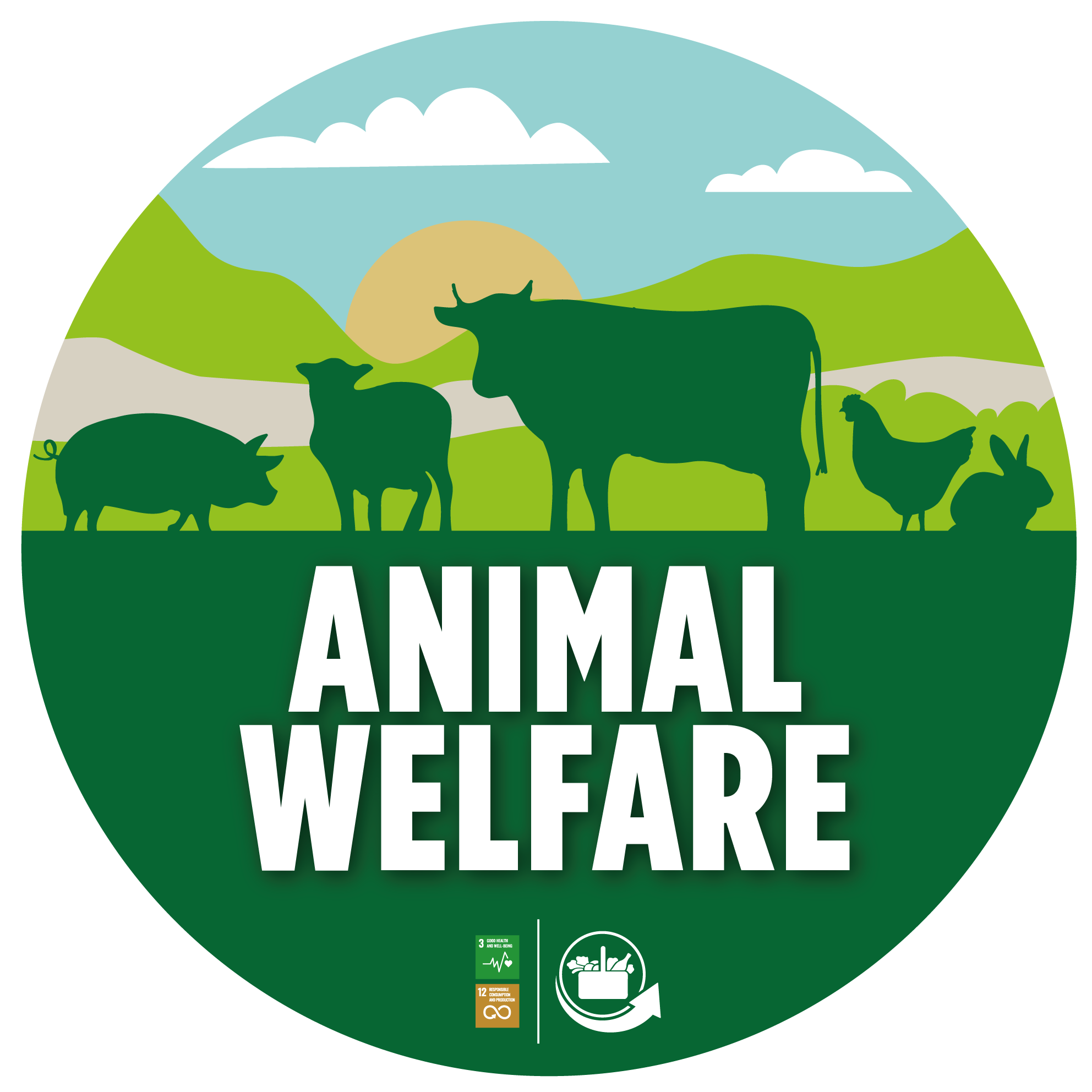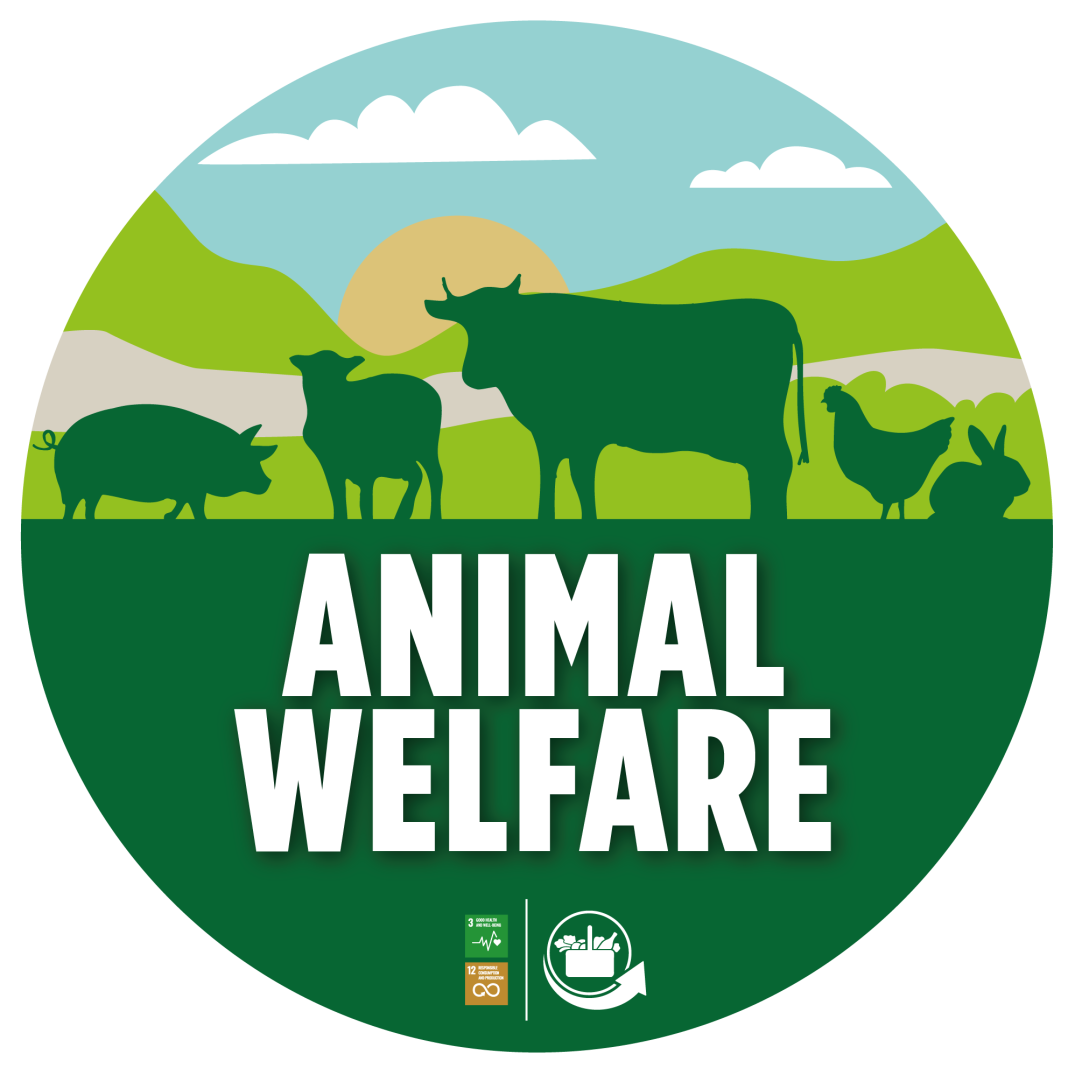 Introduction:
Introduction:
The Albanese government’s decision to phase out live sheep exports by May 2028 has sparked concerns about the detrimental impact on rural communities in Western Australia. While the move aims to address public outrage over animal cruelty, farmer advocacy groups warn of the devastating economic consequences. This article explores the potential loss of millions of dollars for regional towns, the government’s claims that the sheep industry can still thrive without live exports, and the differing opinions on animal welfare and industry sustainability.
The Economic Impact on Western Australia:
The decision to shut down live sheep exports is predicted to have a significant negative effect on regional economies in Western Australia, according to WA Farmers President John Hassell. A report published by the North Eastern Wheatbelt Regional Organisation of Councils estimated potential losses ranging from $39 million to $128 million over 20 years for regional towns. This loss of revenue could decimate these communities, impacting job security for sheep-rearing families.
The Value of the Live Sheep Export Industry:
The live sheep export industry directly contributes $52 million annually, with Western Australia being the primary beneficiary, contributing $45 million to the economy each year. These figures highlight the economic significance of the industry and underscore the potential consequences of its phasing out.
The Government’s Perspective:
Agriculture Minister Murray Watt contends that the sheep industry can still thrive without live exports. He argues that sheep meat exports have skyrocketed while live sheep exports have plummeted in the last two decades. Watt suggests that processing sheep onshore would allow for effective planning and a transition away from live exports. However, Nationals Senator Matt Canavan accuses Watt of downplaying the ban’s impact on farmers, citing a government report indicating that 14 percent of farmers would need to find new careers.
Government Support and Transition Funding:
To mitigate the effects of the live export ban, the federal government has set aside $107 million in transition funding for approximately 3,000 affected farmers in Western Australia. However, a report published by the CEO of Katanning Shire, Peter Klein, highlights that only $65 million directly targets sheep producers and associated supply chains. The remaining $52 million primarily supports government departments, agencies, and programs indirectly benefiting the industry. This imbalance raises concerns about the adequacy of support for affected farmers.
Animal Welfare Advocacy:
Animal welfare groups, including Animals Australia, Four Paws Australia, and the RSPCA, applaud the live export ban. They argue that the live export trade has perpetuated animal suffering by subjecting animals to risky journeys and inhumane conditions. Reports from recent live sheep export voyages indicate high rates of starvation and animal suffering, particularly from heat stress. These groups assert that the ban aligns with modern community expectations regarding animal treatment.
The Animal Welfare Perspective:
WA Farmers CEO Trevor Whittington raises concerns about animal welfare if higher numbers of sheep are transported to Australia’s east coast following the ban. He argues that during times of drought, sending sheep on boats to the Middle East offers a quick release for de-stocking. Whittington suggests that putting animals on a boat would be more humane than subjecting them to long truck journeys. However, the cost of transporting livestock may render the business unviable, leading to potential livestock culling.
Potential Implications for the Cattle Industry:
There are fears that the pressure exerted by animal welfare activist groups could extend beyond sheep to impact the cattle industry. Cattle have a higher mortality rate than sheep during long-distance transportation. The government may face pressure to shut down the cattle industry, although this would have political implications due to marginal seats and Indigenous-owned cattle stations in New South Wales, Queensland, and the Northern Territory.
Setting a Dangerous Precedent:
The decision to ban live sheep exports has raised concerns about setting a dangerous precedent for other industries. Farmers worry that any industry targeted by activist groups could face similar bans, undermining economic stability and industry sustainability. The National Farmers Federation plans to call for a motion of no-confidence in the Albanese government, indicating potential protest votes at the next federal election.
Conclusion:
The Albanese government’s decision to phase out live sheep exports by May 2028 has sparked debates about the economic impact on Western Australia, the feasibility of the sheep industry without live exports, and concerns about animal welfare. While advocates of the ban argue that it aligns with modern community expectations, farmers and industry representatives raise concerns about job losses, economic decline, and potential threats to the cattle industry. The future of live sheep exports remains uncertain, with the government facing pressure to strike a balance between animal welfare and regional economic stability.


